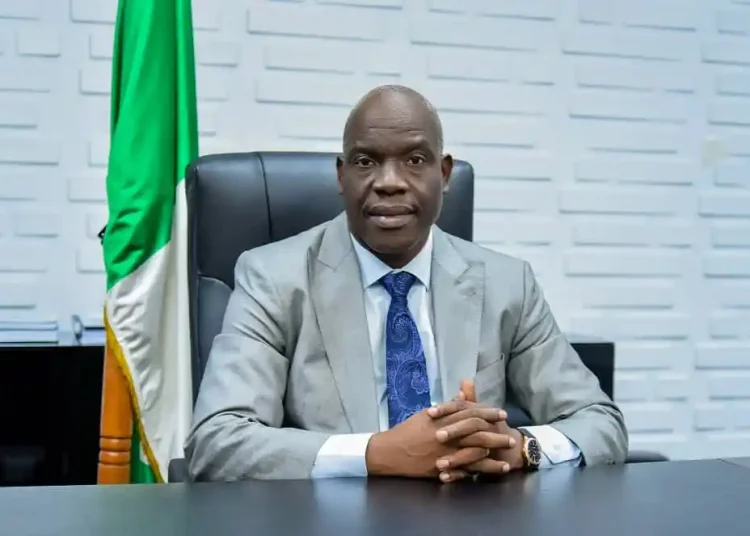The Chief Executive of the Nigerian Upstream Petroleum Regulatory Commission (NUPRC), Engr. Gbenga Komolafe, has declared that President Bola Tinubu’s reform agenda is transforming Nigeria into one of the world’s most attractive destinations for upstream oil and gas investments.
Speaking at the Africa Oil Week in Accra, Ghana, Komolafe said the bold policy shifts anchored on the Petroleum Industry Act (PIA) 2021 and reinforced by presidential executive orders have delivered a surge of investor confidence, unlocking billions of dollars in fresh commitments.
“In 2025 alone, the Commission has approved 28 new Field Development Plans, unlocking 1.4 billion barrels of oil and 5.4 TCF of gas, adding an expected 591,000 barrels of oil per day and 2.1 BSCFD of gas,” Komolafe announced.
According to him, the wave of commitments aligns with Nigeria’s aspiration to boost crude oil production capacity to over three million barrels per day, while ensuring robust contributions to national revenue, energy security, and regional growth.
The NUPRC chief highlighted milestone projects such as the $5 billion Bonga North deep offshore development and the $500 million Ubeta Gas Project as evidence of renewed long-term commitments by global operators.
He noted that additional final investment decisions (FIDs) are expected on major projects like HI NAG Development, Ima Gas, Owowo Deep Offshore, and Preowei Fields.
Since Tinubu assumed office, Komolafe disclosed, the Federal Government has also approved five major acquisition deals worth over $5 billion.
He said these transactions have opened new opportunities for ambitious indigenous players to expand their footprint in the upstream sector.
Komolafe credited the Petroleum Industry Act for ushering in “a new era of governance, fiscal reform, and institutional realignment” which, he argued, has repositioned the Commission as a forward-thinking regulator.
“In nearly four years, the NUPRC has rolled out 24 transformative regulations, 19 of which are now gazetted to operationalise key provisions of the PIA,” he explained.
“We have unveiled a comprehensive Regulatory Action Plan to tackle bottlenecks, vacate entry barriers, and ensure transparent licensing rounds.”
The reforms, he noted, are already producing tangible results. Rig counts, a key indicator of upstream activity, have climbed from just eight in 2021 to 43 as of September 2025.
Komolafe also pointed to recent bid rounds and concession awards as evidence of transparency and competitiveness under the new regime.
He recalled that the 57 Petroleum Prospecting Licences awarded in 2022, the 2022 Mini-Bid Round, and the 2024 Licensing Round all attracted “exceptional investor participation” due to clearer terms and wider accessibility.
He explained that the Commission deliberately optimised signature bonus requirements and dismantled barriers to entry, allowing more operators to compete.
“The result was that 27 out of 31 blocks offered in 2024 were successfully taken up,” he added.
The NUPRC boss stressed that these strides are not merely transactional wins but part of a longer-term vision to place Nigeria at the centre of Africa’s energy future.





